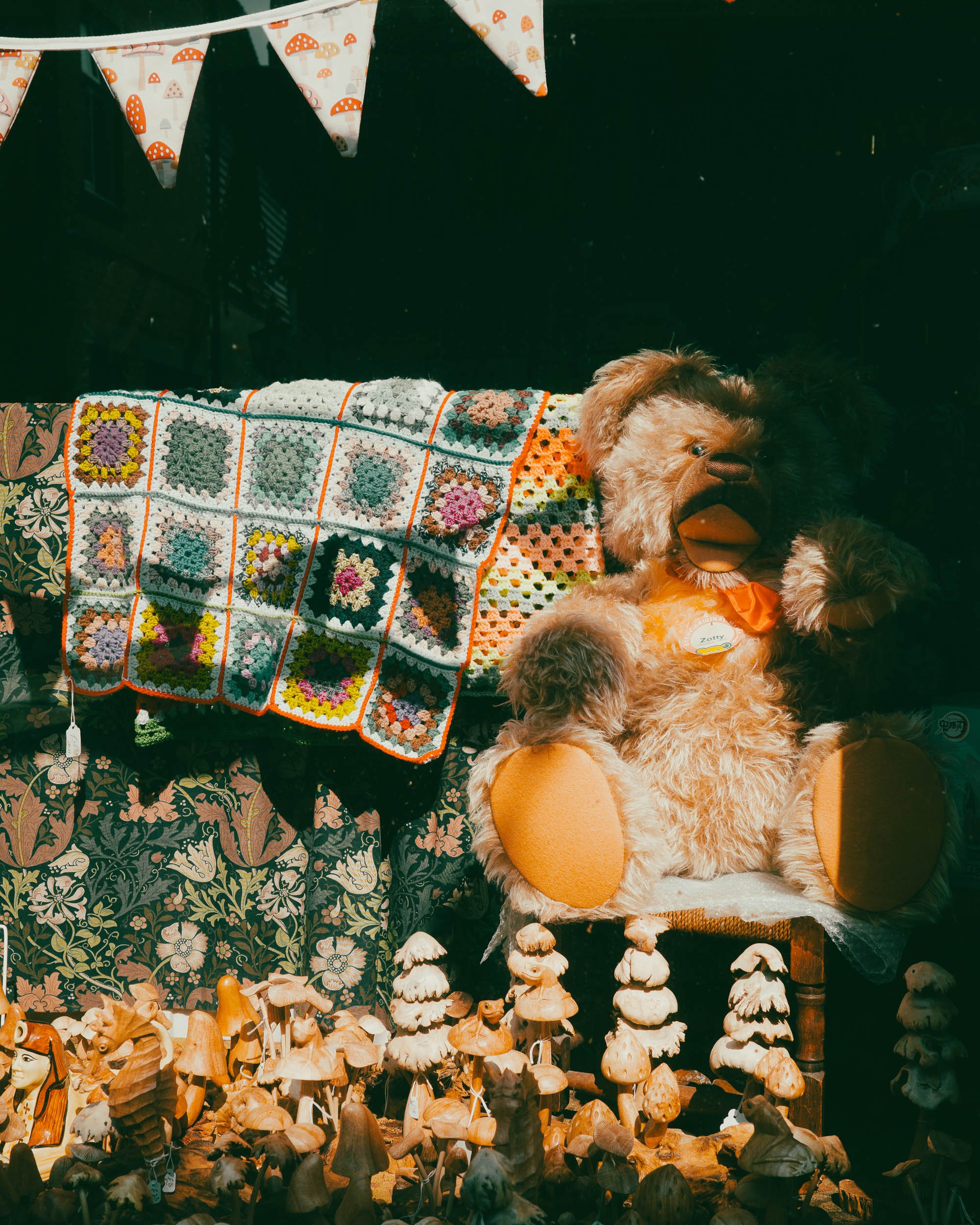Mastering Aperture for Street Photography
Introduction
Welcome back, fellow street photography enthusiasts! Today, we’re diving deep into one of the most crucial settings in photography: aperture. Specifically, we’ll explore the best aperture to use for street photography and how it affects depth of field, ultimately making you a more proficient and confident street photographer. Let’s jump straight in!
Understanding Aperture
So, first, let’s look at what aperture is and how it works. In simple terms, the aperture refers to the opening in your lens that allows light to pass through to your camera sensor. It’s measured in f-stops, with lower numbers like f/1.4 representing wider apertures and higher f-stops such as f/16 representing narrower apertures. Aperture plays a crucial role in determining the depth of field in your photos, which is the amount of your image that appears sharp and in focus.
Wide apertures result in a shallower depth of field, with only a small portion of the image in focus and a blurred background. Narrow apertures, on the other hand, provide a deep depth of field, with more of the image appearing sharp and in focus.
Using Wide Apertures for Street Photography
Wide apertures range from f/1.4 to f/4. The main benefit of using wide apertures is the ability to create a shallow depth of field, which can help isolate your subject and separate them from the background. This is especially useful for street portraits.
When shooting in the daytime, I often set my aperture to around f/3.2. A wide aperture lets more light in through the lens, allowing you to use a minimal ISO and fast shutter speeds, perfect for capturing sharp details of moving subjects. Typically, this means using ISO settings from 100 to 200 on bright sunny days, and from 200 to approximately 800 on cloudy days and in built-up areas.
At night, a wide aperture is crucial as you need as much light as possible to enter your lens. Even at the widest aperture, you might need to bump up your ISO from approximately 800 to 6400 to get a correct exposure. Shutter speeds will generally be slower, around 1/100 seconds or slower, to allow more light onto the camera sensor
Exercises for Wide Apertures
For street portraits, focus on your subject’s face to create a strong connection with the viewer. Look for a clean, uncluttered background or one that shows the environment your subject inhabits. Experiment with different angles and perspectives, and don’t be afraid to interact with your subjects to capture candid moments that reveal their personality.
For night street photography, set your camera to Aperture Priority and dial in f/2.8. Use Auto ISO with a range from 800 to 6400 to adjust for varying light conditions. This setup will help you capture well-exposed shots in low light conditions. Set your minimum shutter speed to around 1/100th of a second. This way, the camera will maintain a balance between ISO and shutter speed, ensuring you get sharp, well-exposed photos.
Mid-Range Apertures for Versatility
Mid-range apertures, from f/5.6 to f/8, offer a nice balance between depth of field and sharpness, making them a great choice for general street photography. These apertures provide flexibility and adaptability to various situations, allowing you to capture both the subject and the background in sharp focus.
Exercises for Mid-Range Apertures
Try the obstruction and reflection technique with mid-range apertures. Shoot through objects or capture reflections in windows to create layered compositions. Set your camera to f/5.6 to f/8, use Auto ISO from 100 to 3200, and a minimum shutter speed of 1/250th of a second. This setup will help you capture the various details in the window and the reflections.
For example, you can angle your camera against an interesting window display and wait for the right subject to walk by. You’ll pick up the various details in the window and what’s going on in the reflection, creating an exciting and layered image for your portfolio.
Narrow Apertures for Layered Compositions
Narrow apertures, f/11 and beyond, are perfect for capturing deep depth of field, making them ideal for landscape photography and layered compositions in street photography. These apertures ensure that every element of your composition is in sharp focus
Exercises for Narrow Apertures
Try capturing layered formations of people on the beach or urban landscapes with narrow apertures. Use Auto ISO with a broad range, typically from 100 to 3200 during the daytime, and set your aperture to f/11 to f/14. These shots often feature leading lines or iconic building details in the background, which are well-suited to narrow apertures.
Consider shooting a local street that has lots of activity and is aesthetically pleasing. Narrow apertures work well with the obstruction technique, allowing you to capture detailed urban landscapes.
Deciding the Best Aperture for Street Photography
So, how do you decide which aperture to use for your street photography? Consider the desired depth of field, available light, desired shutter speed, and your artistic vision. Each situation may call for a different aperture setting.
Experiment with different apertures and settings to find what works best for you and your unique photographic style. Use Aperture Priority mode along with Auto ISO to creatively adjust your aperture while the camera handles the shutter speed and ISO.
Conclusion
Is there a single best aperture for street photography? The short answer is no. The best aperture depends on the specific situation, available light, desired depth of field, and creative intent. Instead of searching for a one-size-fits-all solution, focus on understanding how aperture affects your images and adapt your settings to the scene in front of you.
I’d love to hear from you in the comment section. What’s your go-to aperture for street photography, and why? Do you have any techniques or tips to share? Please let me know down below. And if you want to learn how to master shooting street photos at nighttime, check out this video here. Until we meet again, go forth and create.




